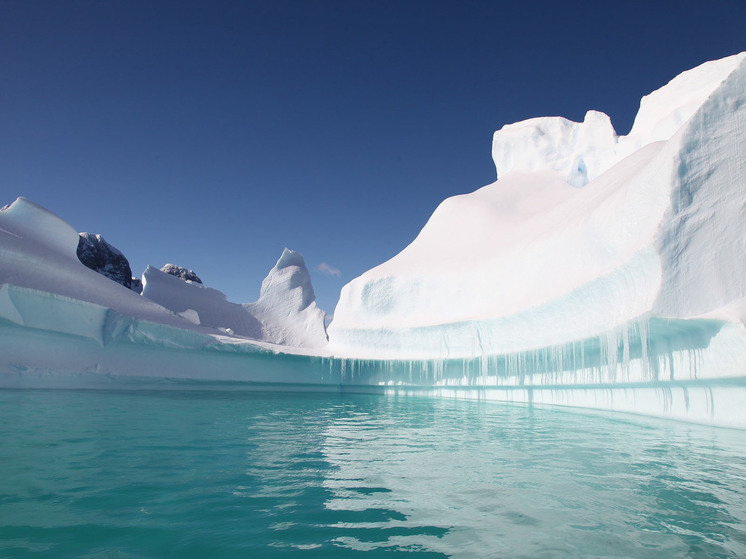A giant ice mountain that has broken off from Antarctica has intrigued researchers
Scientists specializing in Antarctica are exploring the world's largest iceberg, three times the size of New York City. Researchers took samples from a huge iceberg known as A23a, which broke off from Antarctica 40 years ago and has an area of 4,000 square meters. km.

Antarctic researchers managed to “incredibly successfully” examine the world’s largest iceberg – about three times larger than New York, which broke away from the icy continent almost 40 years ago, writes The Guardian.
The huge iceberg, known as A23a, was once attached to an ice shelf in West Antarctica, south of Chile, but broke away in 1986. The iceberg has since been stuck on the ocean floor in the Weddell Sea.
But last week, the British Antarctic Survey used satellite imagery to confirm the iceberg is no longer stuck and is drifting into “iceberg alley” on its way to the sub-Antarctic island South Georgia.
British scientists on the icebreaking research vessel RRS Sir David Attenborough have now been able to personally inspect the iceberg and present the world with a drone image of it. The giant ice block covers an area of about 4,000 square kilometers (1,500 square miles), more than twice the size of Greater London and almost twice the size of the Australian Capital Territory.
The research vessel passed A23a during its voyage south to explore how Antarctic ecosystems influence ocean carbon and nutrient cycling.
Dr Andrew Meyers, the ship's chief scientist, said the researchers were «incredibly fortunate that the iceberg's exit from the Weddell Sea lay directly across our planned path, and that we had the right crew on board to take advantage of this opportunity.»
Laura Taylor, a biogeochemist, was part of a team of scientists who took samples of seawater around the iceberg. Researchers hope these samples will help determine how an iceberg affects carbon levels in the water.
“We know that these giant icebergs can provide nutrients to the waters they pass through, creating thriving ecosystems in less productive ones. areas,” says Taylor. “What we don't know is how specific icebergs, their size and their origins might influence this process.”
Ecosystem Research Group leader Professor Geraint Tarling explains that icebergs breaking off from ice shelves is “part of the natural life cycle of glaciers.”
“Polar ecosystems play a critical role in regulating the balance of carbon and nutrients in the world's oceans, and melting icebergs impacts them in a variety of ways,” Tarling said. “The data collected will improve our understanding of these processes and their sensitivity to climate change.”


























































Свежие комментарии